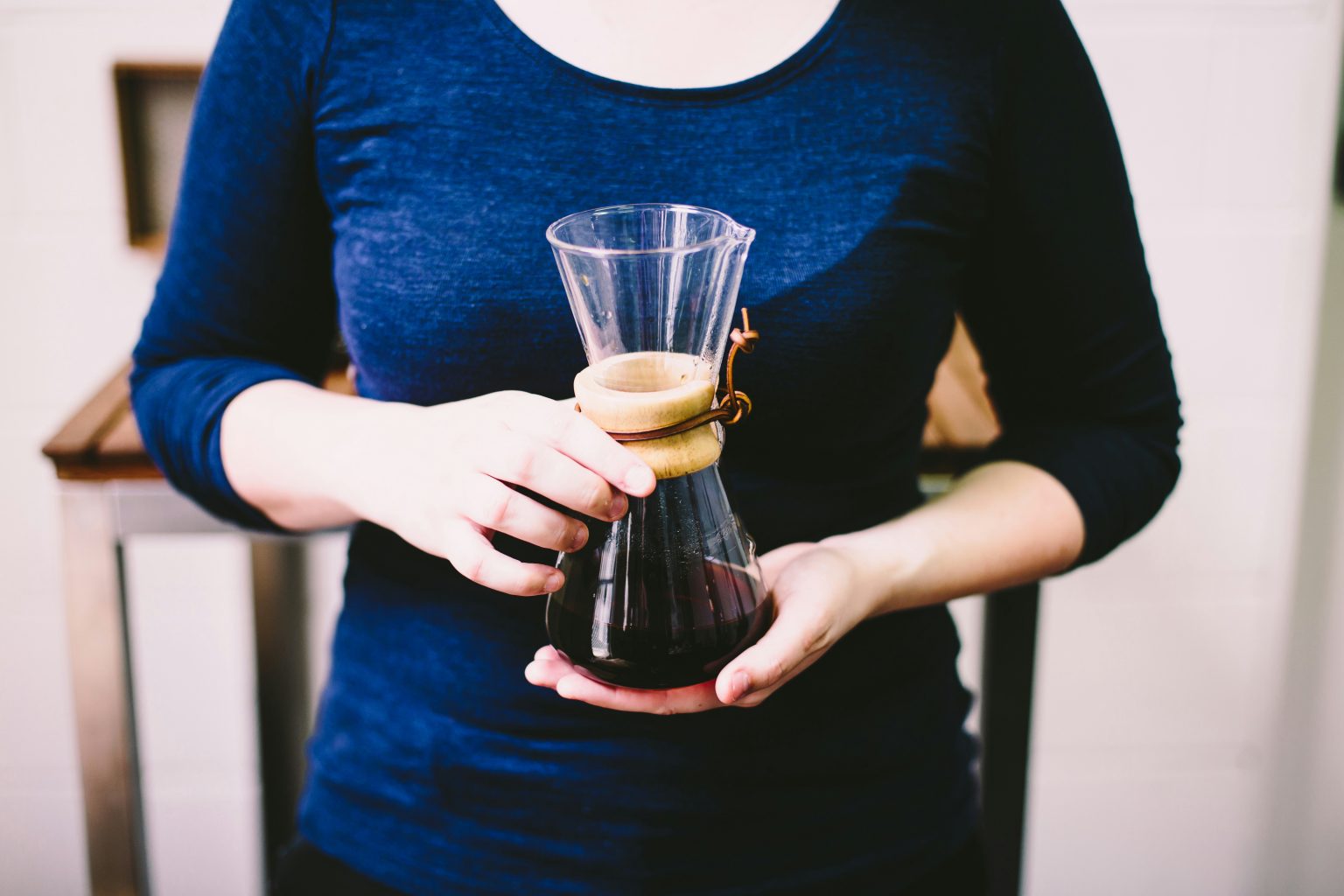Best Coffee Brewing Techniques for Beginners

Best Coffee Brewing Techniques for Beginners
Brewing coffee at home can feel like unlocking a new level of morning satisfaction. Imagine waking up, hearing the soft gurgle of water, and being greeted by the rich aroma of freshly brewed coffee. Why is brewing your own coffee worth it? Well, besides saving money and skipping the line at your local café, it allows you to tailor every cup to your taste.
Understanding Coffee Beans
The journey to a perfect cup starts with understanding your beans. Coffee beans come in various types, each with its unique flavor profile.
Different Types of Coffee Beans
Arabica
Arabica beans are the darling of the coffee world, cherished for their smooth, nuanced flavors. They’re often grown at higher altitudes and tend to have a sweeter, softer taste with hints of fruits and sugar.
Robusta
Robusta beans, on the other hand, pack a punch with their strong, bold flavor. They have a higher caffeine content and are usually grown at lower elevations. These beans are often used in espresso blends for their intense flavor and crema production.

The Importance of Freshness
Freshness is key when it comes to coffee. Freshly roasted beans retain more flavor and aroma compared to pre-packaged ones that have been sitting on shelves for months. Always check the roast date and aim to use your beans within a few weeks for the best results.
Essential Coffee Brewing Equipment
Before diving into brewing techniques, you need to gather some essential tools. Think of this as your coffee toolkit.
Must-Have Tools
Coffee Grinder
A good grinder is non-negotiable. Freshly ground beans make a world of difference. Burr grinders are preferable over blade grinders for a consistent grind size.
Scale
A scale ensures you use the right amount of coffee and water, maintaining the perfect balance. It’s all about precision.
Kettle
A gooseneck kettle gives you control over the water flow, which is crucial for techniques like pour over.

Nice-to-Have Gadgets
While not essential, gadgets like a thermometer, a timer, and a coffee storage container can elevate your brewing game. These tools help in maintaining consistency and freshness.
The Basics of Coffee Brewing
Now that you have your tools, let’s talk about the basics of brewing coffee.
The Golden Ratio
The golden ratio is a simple formula: 1 to 2 tablespoons of coffee per 6 ounces of water. Adjust this to suit your taste, but it’s a great starting point.
Water Quality
Water makes up about 98% of your coffee, so it’s important to use good quality water. Filtered water is best as it removes impurities that can affect the taste.
Grinding Coffee Beans
The grind size of your coffee beans impacts the flavor and extraction. It varies depending on your brewing method.
Coarse vs. Fine Grind
A coarse grind is ideal for methods like French press, while a fine grind works best for espresso. Finding the right grind size can take some experimentation.

Popular Brewing Methods
Let’s dive into some popular brewing methods that are perfect for beginners.
Drip Coffee Maker
A staple in many households, the drip coffee maker is convenient and easy to use. Just set it up, push a button, and let it do its magic.
French Press
The French press, also known as a press pot, is loved for its full-bodied brew. It’s simple to use and doesn’t require any filters.
Pour Over
Pour over brewing gives you the most control over the brewing process. It’s a bit more hands-on but can yield a beautifully nuanced cup.
AeroPress
The AeroPress is a versatile and portable brewer that can make both espresso-like shots and regular coffee. It’s quick and easy to clean.
Espresso Machine
Espresso machines are for those who love a rich, intense coffee. While they require a bit more investment and practice, the results can be truly rewarding.
Step-by-Step Brewing Guides
To make things easier, here are step-by-step guides for each method.

Drip Coffee Maker Guide
- Measure your coffee and water.
- Place a filter in the basket.
- Add ground coffee to the filter.
- Pour water into the reservoir.
- Start the machine and wait for your coffee to brew.
French Press Guide
- Boil water and let it cool slightly.
- Add coarsely ground coffee to the press.
- Pour water over the coffee, stirring gently.
- Place the lid on with the plunger pulled up.
- Let it steep for about 4 minutes, then press down slowly.
Pour Over Guide
- Place a filter in the dripper and rinse with hot water.
- Add medium-coarse ground coffee to the filter.
- Pour hot water in a circular motion to bloom the coffee.
- Continue pouring slowly, maintaining a steady flow.
- Let it drip through completely.
AeroPress Guide
- Place a filter in the cap and rinse it.
- Add fine ground coffee to the chamber.
- Pour hot water and stir.
- Attach the cap and press down slowly over your cup.
Espresso Guide
- Grind coffee to a fine consistency.
- Tamp the coffee firmly into the portafilter.
- Attach the portafilter to the machine.
- Start the extraction process and watch for a steady flow.
- Enjoy your shot of espresso.

Troubleshooting Common Issues
Sometimes things don’t go as planned. Here’s how to fix common coffee issues.
Bitter Coffee
Bitter coffee usually means over-extraction. Try using a coarser grind or shortening your brew time.
Weak Coffee
Weak coffee often results from under-extraction. Use a finer grind or increase the amount of coffee.
Sour Coffee
Sour coffee indicates under-extraction too, but it might also mean the water was too cool. Make sure your water is hot enough, ideally between 195-205°F.
Tips for Perfecting Your Brew
Perfection comes with practice, so here are some tips to help you along the way.
Experiment with Ratios
Don’t be afraid to tweak the coffee-to-water ratio. Everyone’s taste is different, and finding your sweet spot can make all the difference.
Try Different Beans
Explore different types of beans from various regions. Each bean has its unique flavor profile, and experimenting can lead to delightful discoveries.
Keep Your Equipment Clean
Regularly clean your equipment to prevent the buildup of oils and residues that can affect the taste of your coffee. A clean setup makes for a better brew.
Conclusion
Brewing coffee is an art and a science. With a bit of knowledge and some practice, you can create a cup that rivals any café. So, grab your beans, fire up your kettle, and start experimenting. The perfect brew is within your reach.
(Maybe you are also interested: Tips for a Better Brew)
FAQs
How do I choose the right coffee beans? Choosing the right beans comes down to personal preference. Start with a small batch of different types and see which flavors you enjoy the most.
How important is water temperature in brewing coffee? Water temperature is crucial. Aim for a range between 195-205°F for optimal extraction.
Can I use pre-ground coffee for these methods? You can, but freshly ground coffee will always taste better. Invest in a grinder for the best results.
How often should I clean my coffee equipment? Clean your equipment after each use to maintain the best flavor and prevent buildup.
What’s the best method for a strong cup of coffee? For a strong cup, try using an AeroPress or an espresso machine with a higher coffee-to-water ratio.









